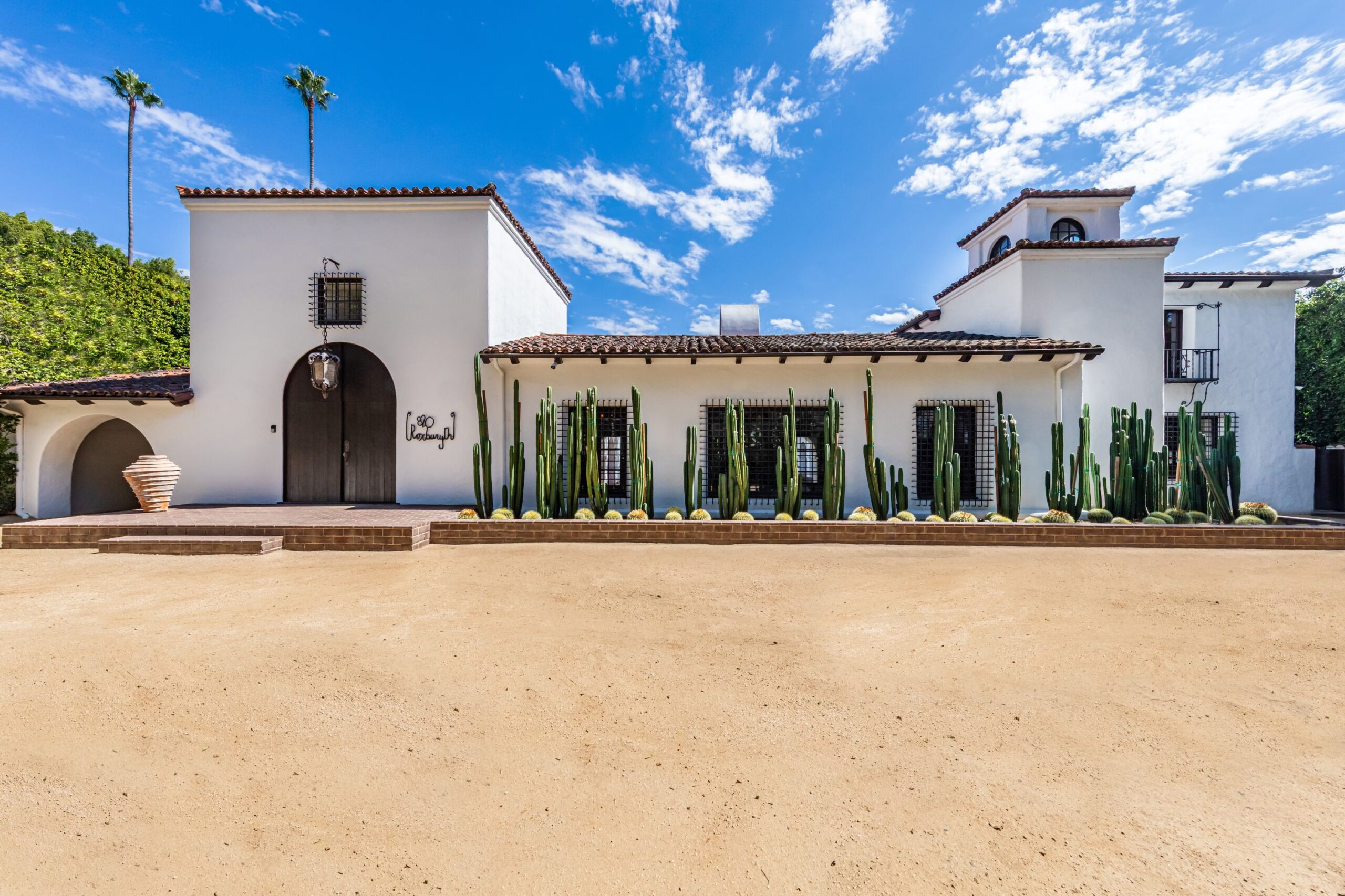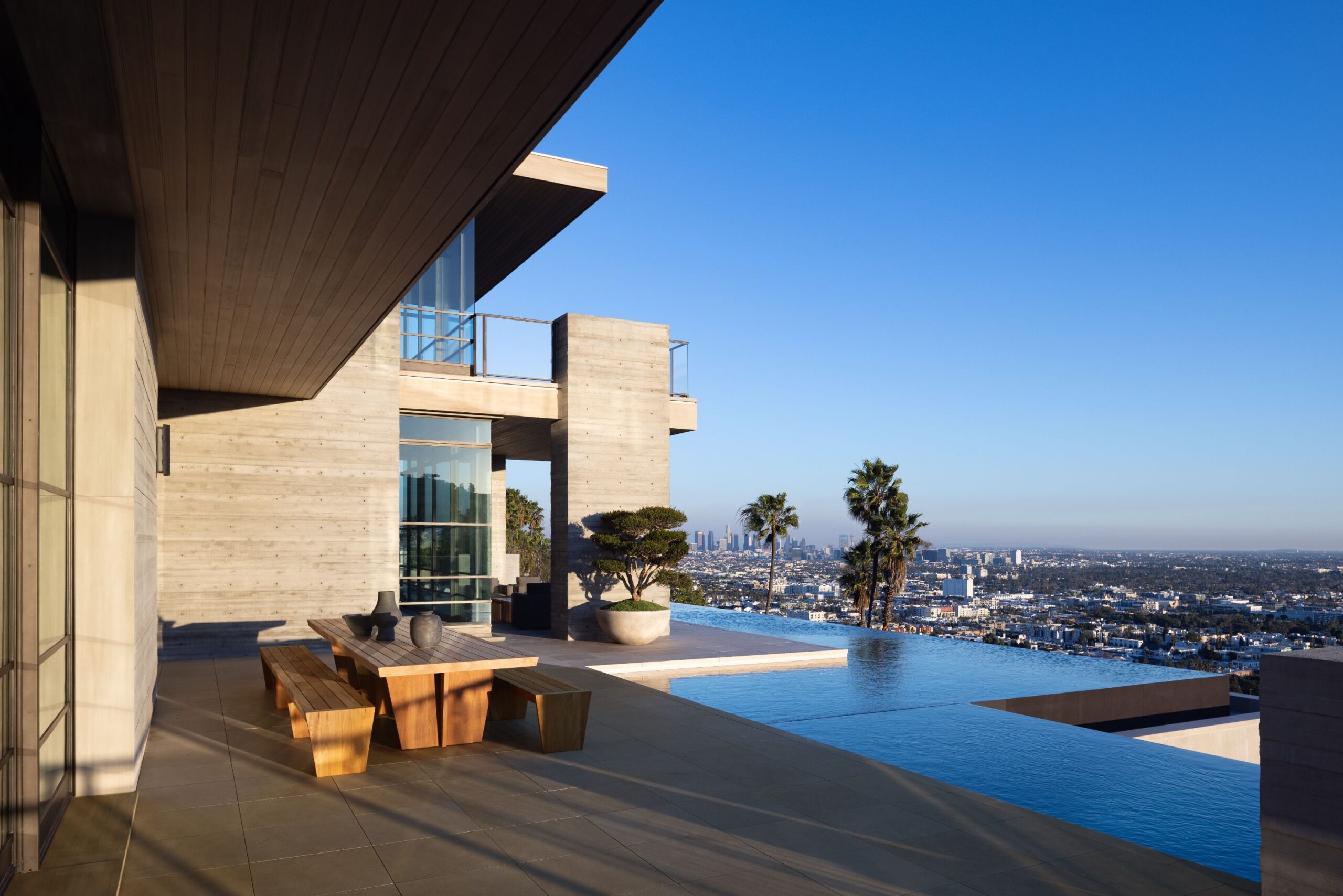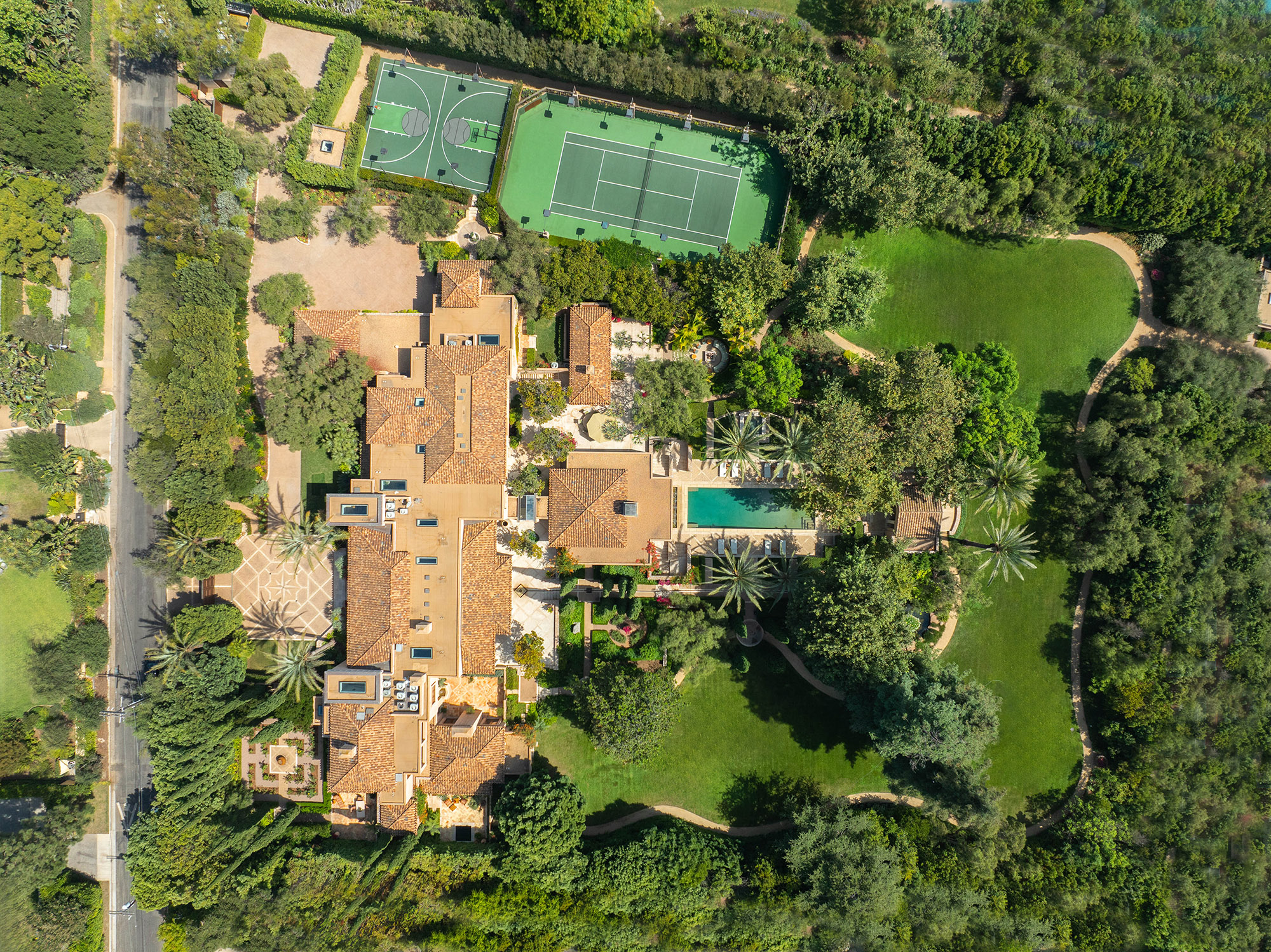Main Content
Community
Sunset Strip and The Bird Streets
Sunset Blvd, the name first found in city records from 1888, originated as a small road that was expanded further west. Connecting to other dusty trails between the farms, it was once a haven for avocados groves and poinsettia fields. By 1930 the winding route was known as the “County Strip.” The 1.7 mile legendary expanse of road evolved into an iconic entertainment and real estate mecca that comprises residential ridgeline access boasting infinite views, luxurious shopping, and world-renowned venues.
In the 1920’s, the area attracted a number of casinos and speakeasies. The Sunset Tower Hotel was built by architect Leland A Bryant, opening in 1931 as an exemplary Art Deco development. Other notable landmarks of the Strip include Chateau Marmont, The Players Club, Ciro’s, and the Sunset Plaza.
Throughout the 1970s and 80s the Sunset Strip’s Tower Records became a place where local and visiting musicians would go. Nearby, The Viper Room opened, a popular club for Hollywood’s actors and musicians.
The apex of West Hollywood and Beverly Hills – an area between San Vicente Blvd and Doheny – hosts our new location, The Beverly Hills Estates. Other notable buildings adjacent include the Sierra Towers by architect Jack Charney, The Edition by architect John Pawson, and The London Hotel by architect Kollin Altomare.
The Sunset Strip remains a focus for new developments such as the Pendry Residences and the much-anticipated Frank Gehry building, (the previous site of the famous Garden of Allah).
New private residential architecture adorns the hillside above as architects construct wondrous designs that attract international connoisseurs, collectors, and investors seeking to experience the LA dream. Notable neighborhoods include The Bird Streets, Sunset Plaza, Hollywood Hills West, and Norma Triangle.




